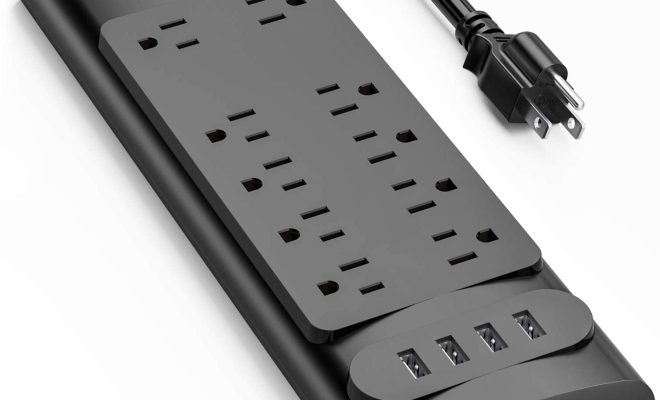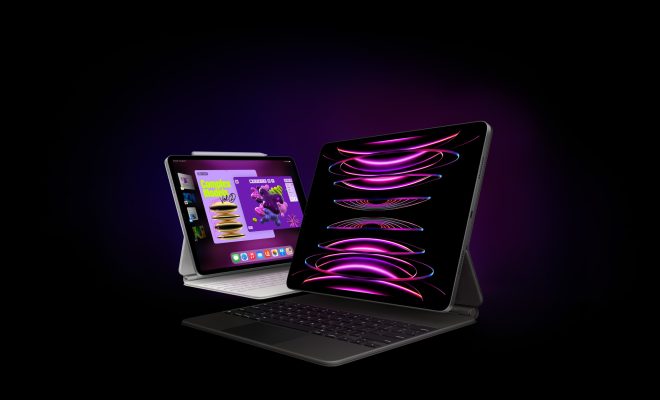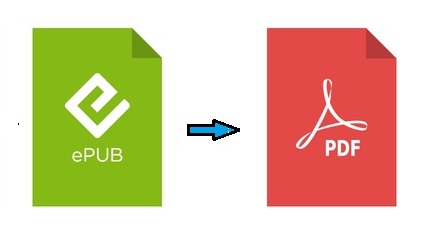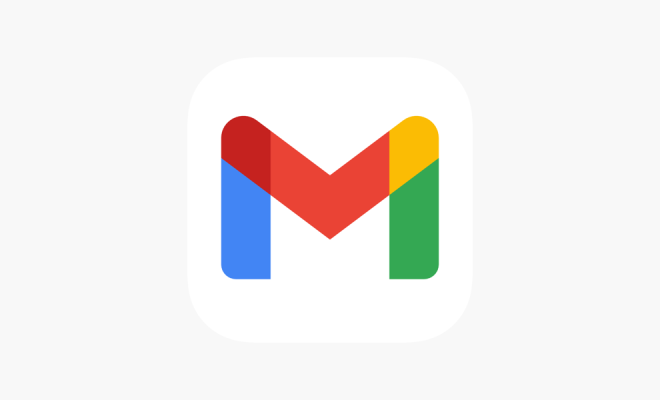How to Automatically CC or BCC Yourself in Outlook and Gmail
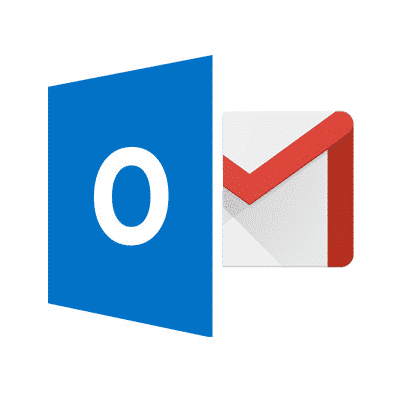
As a busy professional, it can be easy to lose track of important emails that you have sent or received. One way to make sure that you always have a record of your email correspondence is to automatically CC or BCC yourself on all messages. This simple trick can save you a lot of time and hassle in the long run, and it is easy to set up in both Microsoft Outlook and Gmail. In this article, we will walk you through the steps for both platforms.
How to Automatically CC Yourself in Outlook:
1. Open Outlook and click on the “File” tab in the top left corner of the screen.
2. Click on “Options” and select “Mail” from the list on the left-hand side of the window.
3. Scroll down to the “Send messages” section and tick the box next to “Automatically carbon copy (CC):”
4. In the space provided, enter your email address in the format: [email protected].
5. Click “OK” to save your changes.
From now on, every email you send in Outlook will automatically include a carbon copy to your own email address. You can use this feature to keep track of correspondence for business or personal reasons.
How to Automatically BCC Yourself in Outlook:
1. Open Outlook and create a new message.
2. Click on the “Options” tab at the top of the screen and select “BCC” from the “Show Fields” section.
3. In the BCC field, enter your email address in the format: [email protected].
4. Compose your email and send it as usual.
From now on, every email you send in Outlook will automatically include a blind carbon copy to your own email address. The recipient will not be able to see that you have included yourself in the BCC field.
How to Automatically CC Yourself in Gmail:
1. Open Gmail and click on the “Settings” icon in the top right corner of the screen.
2. Select “Settings” from the dropdown menu.
3. Scroll down to the “Compose and reply” section and tick the box next to “CC myself on all outgoing messages”
4. Click “Save Changes” at the bottom of the page.
From now on, every email you send in Gmail will automatically include a carbon copy to your own email address. This can be a great way to keep track of important conversations or correspondences.
How to Automatically BCC Yourself in Gmail:
1. Open Gmail and create a new message.
2. Click on the “More options” button (three dots) at the bottom of the screen.
3. Select “Add BCC” from the dropdown menu.
4. In the BCC field, enter your email address in the format: [email protected].
5. Compose your email and send it as usual.
From now on, every email you send in Gmail will automatically include a blind carbon copy to your own email address. This can be a great way to keep a record of your emails without cluttering up your inbox.


